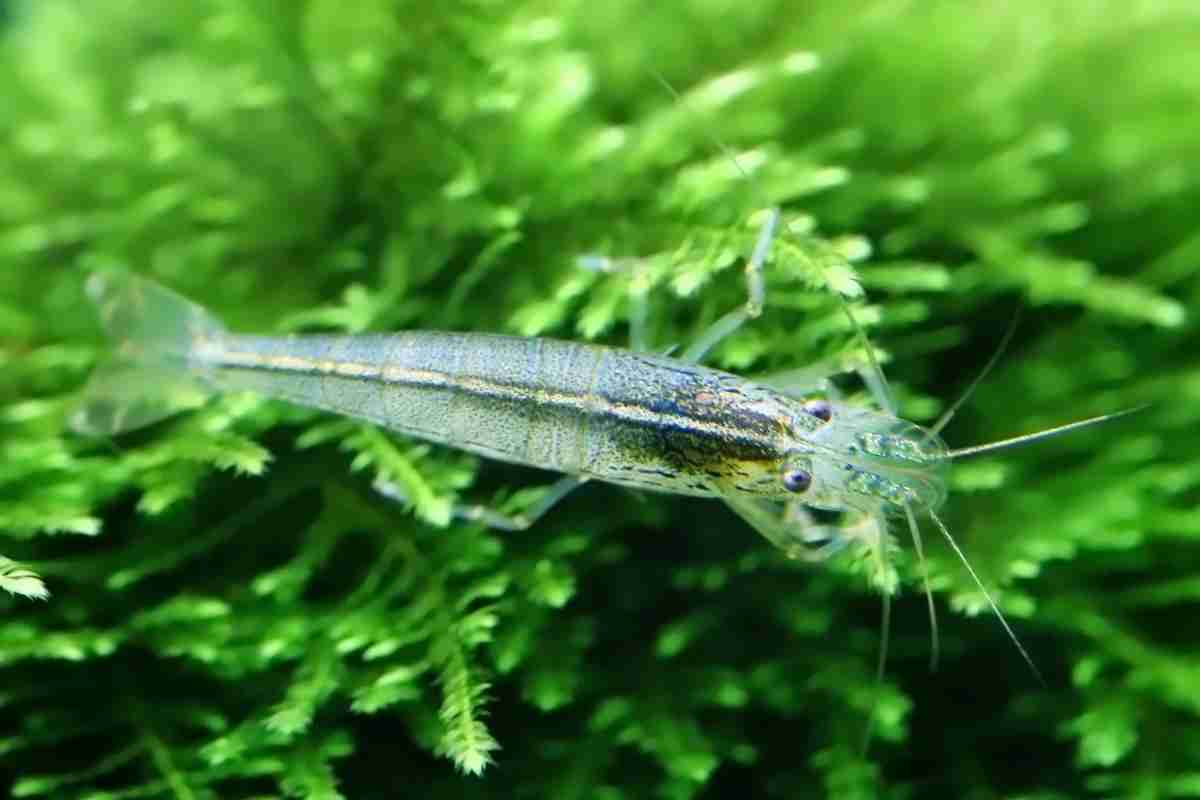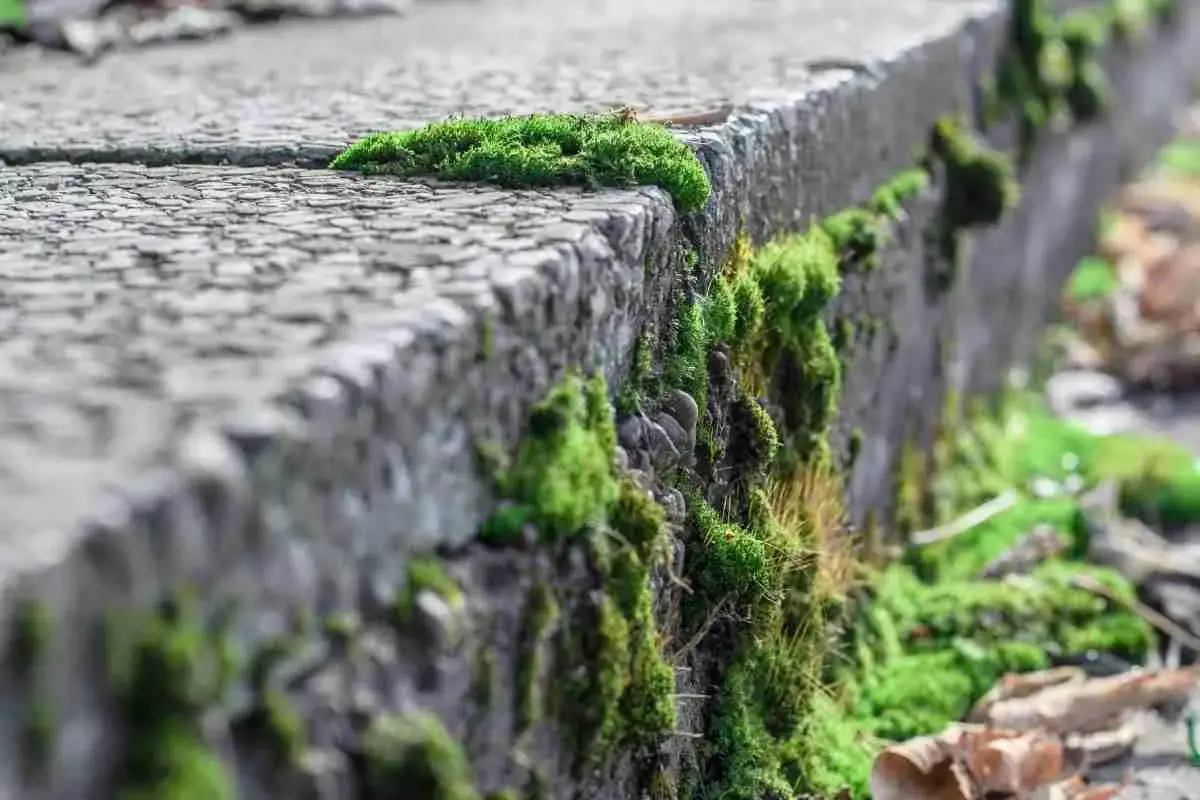
7 Ways To Permanently Remove Moss From Concrete
Read more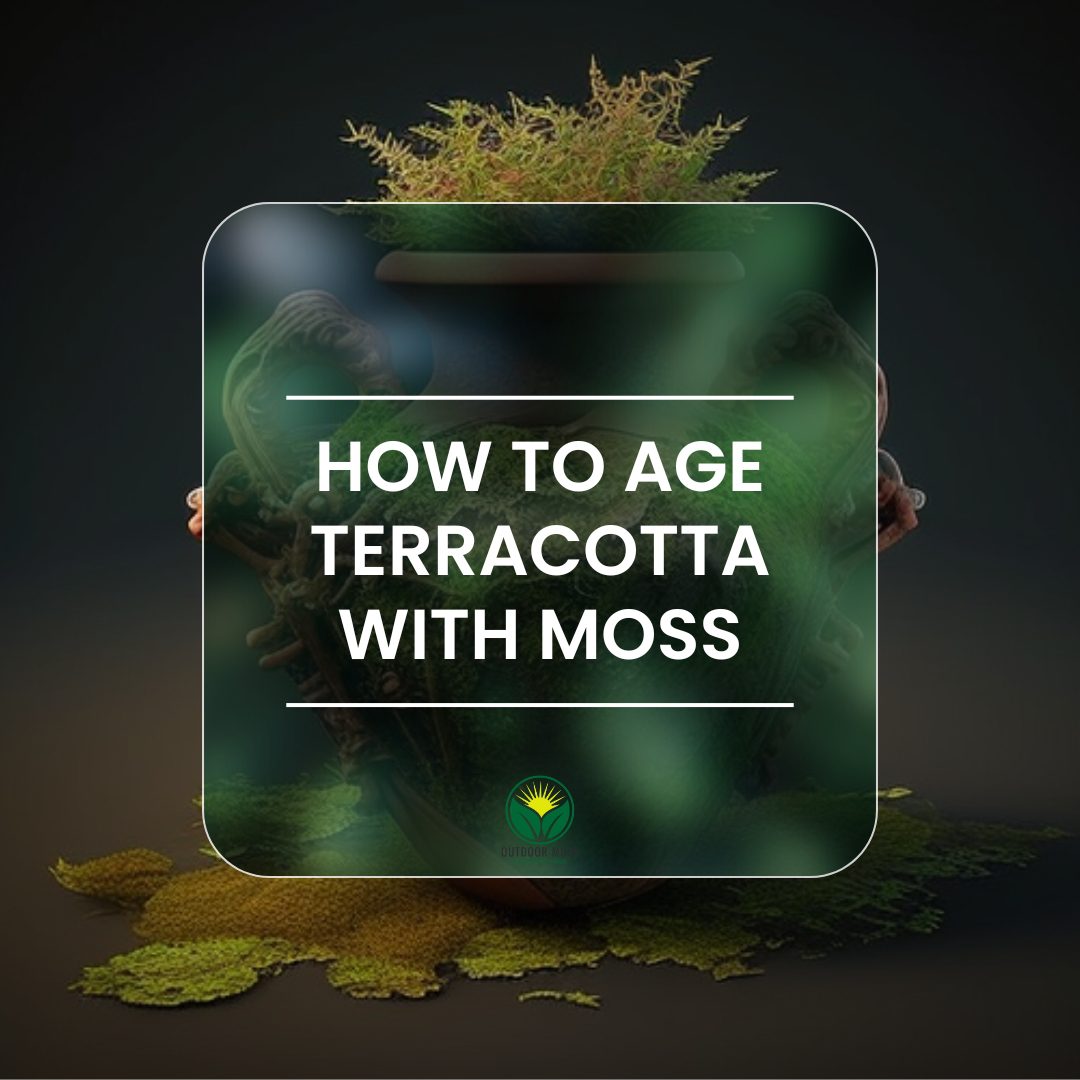
How to age terracotta pots with moss
Read more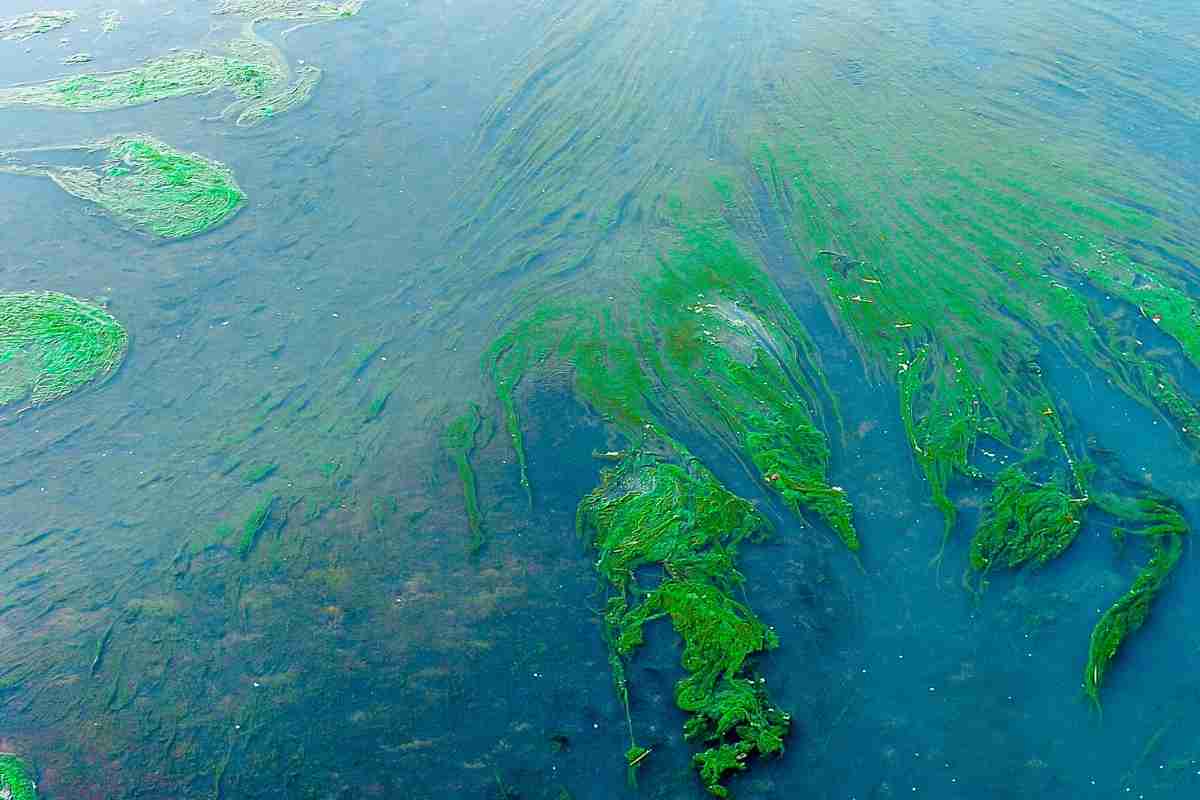
Is Algae A Protist? (Autotrophic Or Heterotrophic)
Read more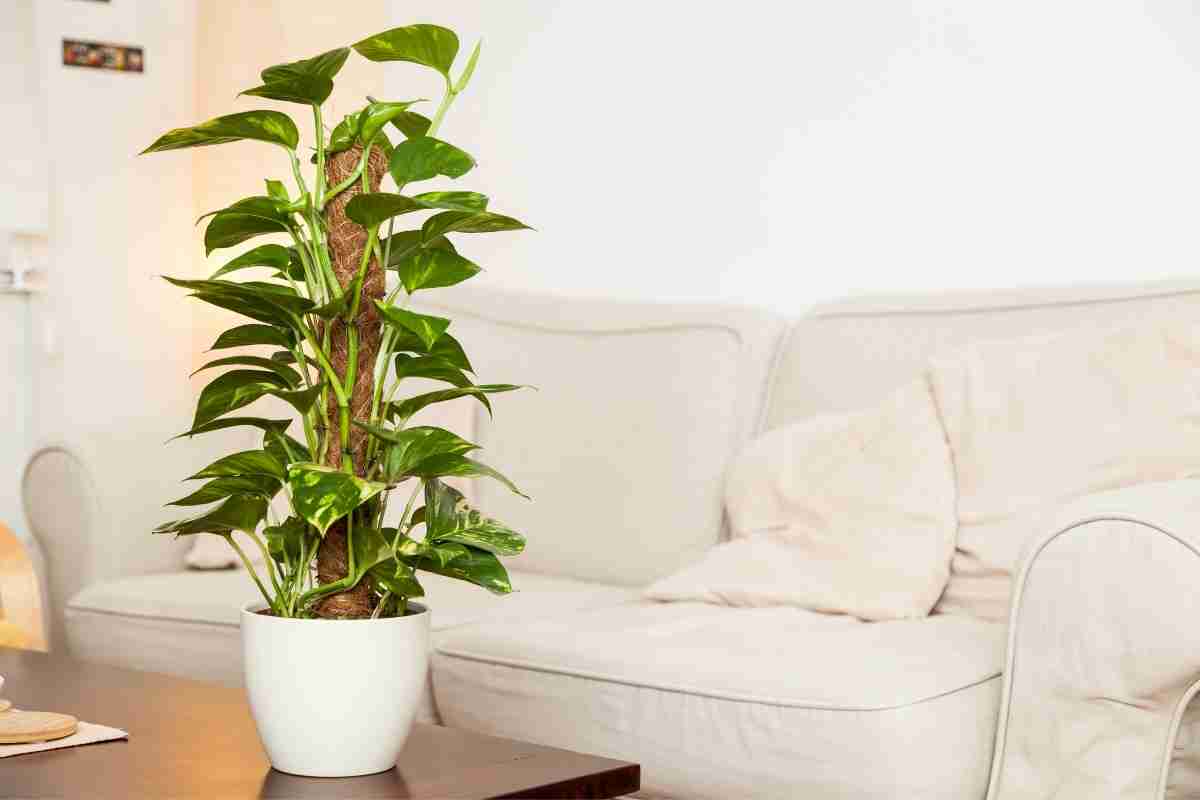
What Is A Moss Pole? And Why Are They Used?
Read more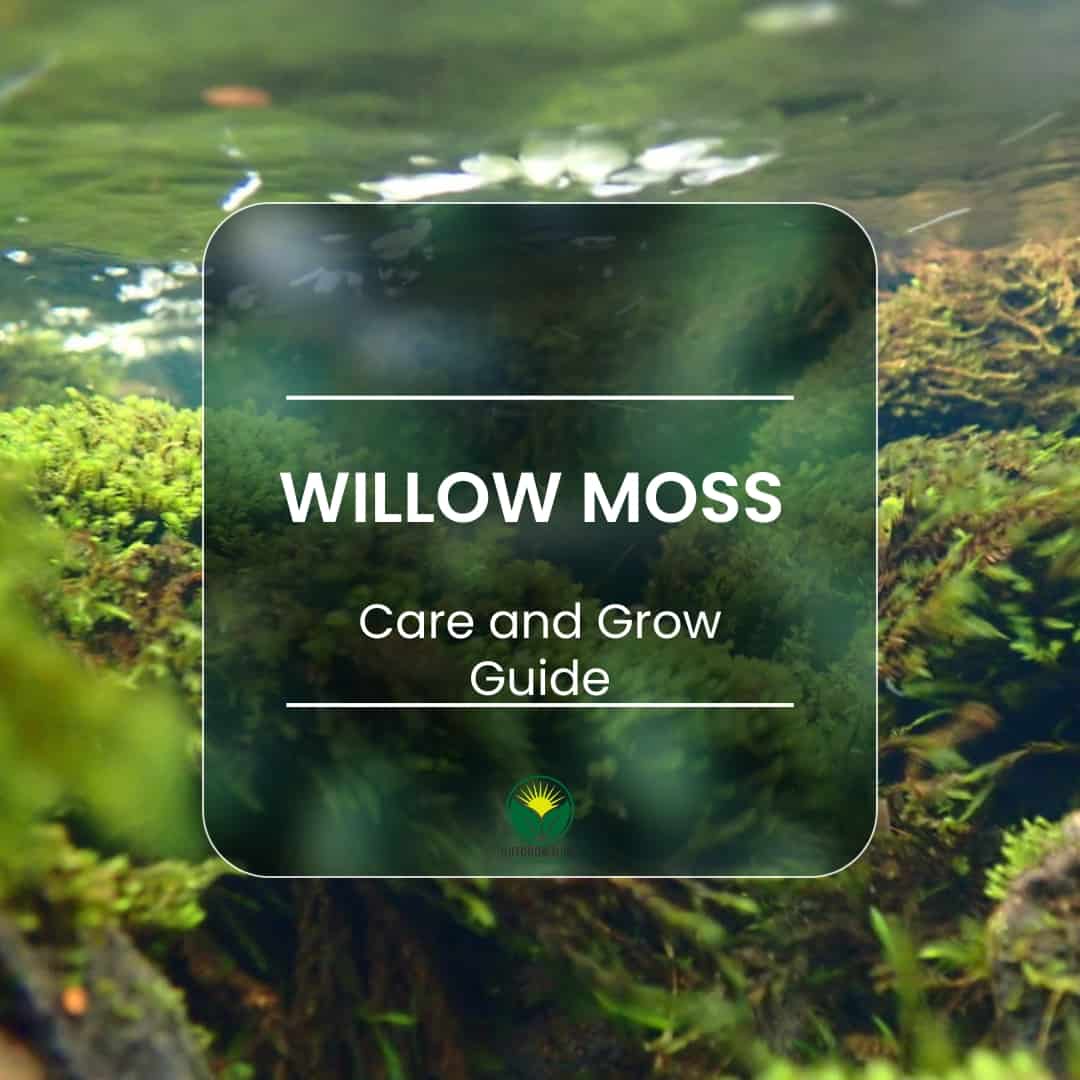
Willow Moss (Fontinalis Antipyretica). The aquatic moss par excellence. How to take care of it and make it grow in aquarium
Read more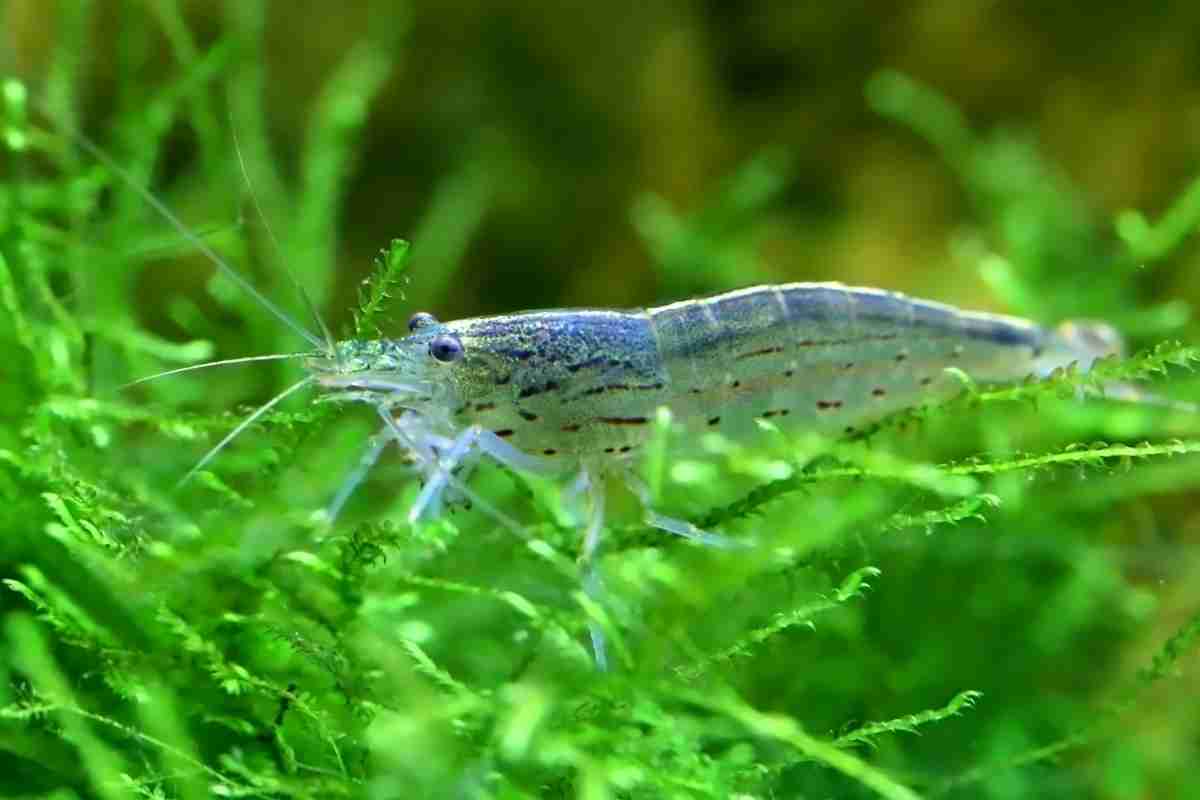
How To Grow Algae For Shrimp In An Aquarium?
Read more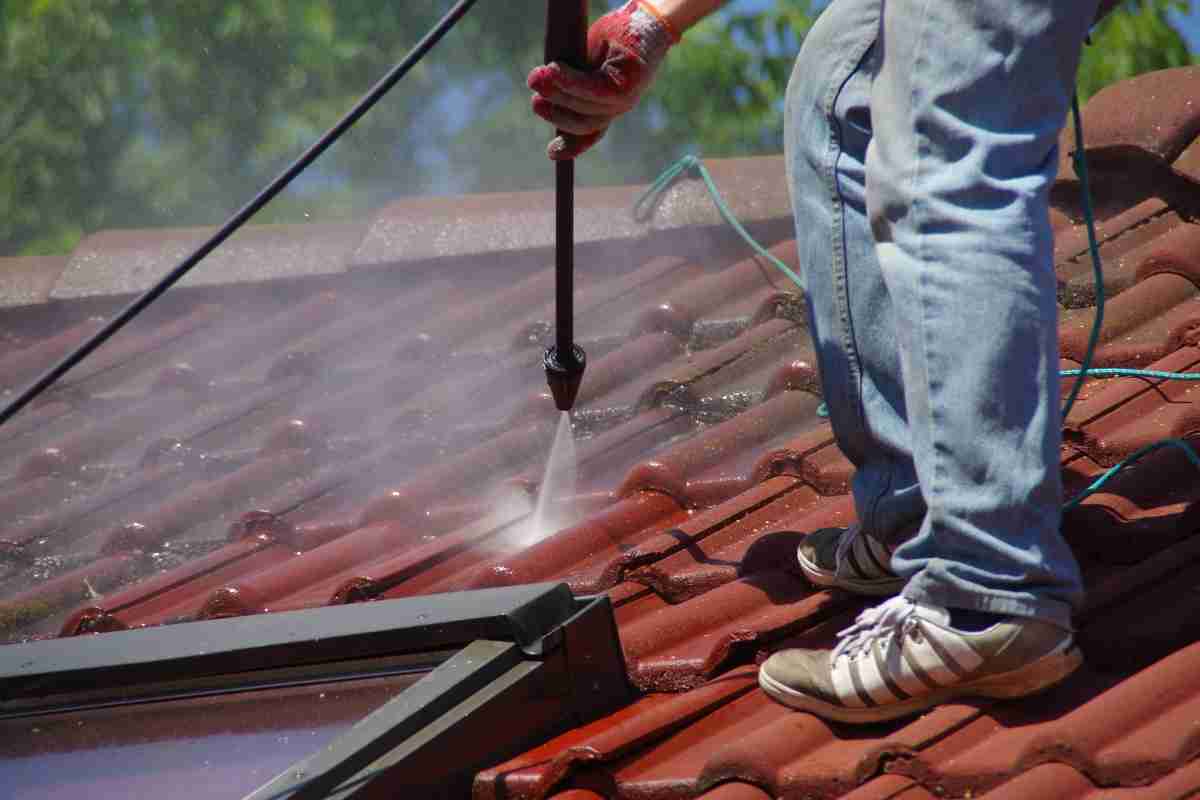
How To Remove Moss From A Roof With Vinegar?
Read more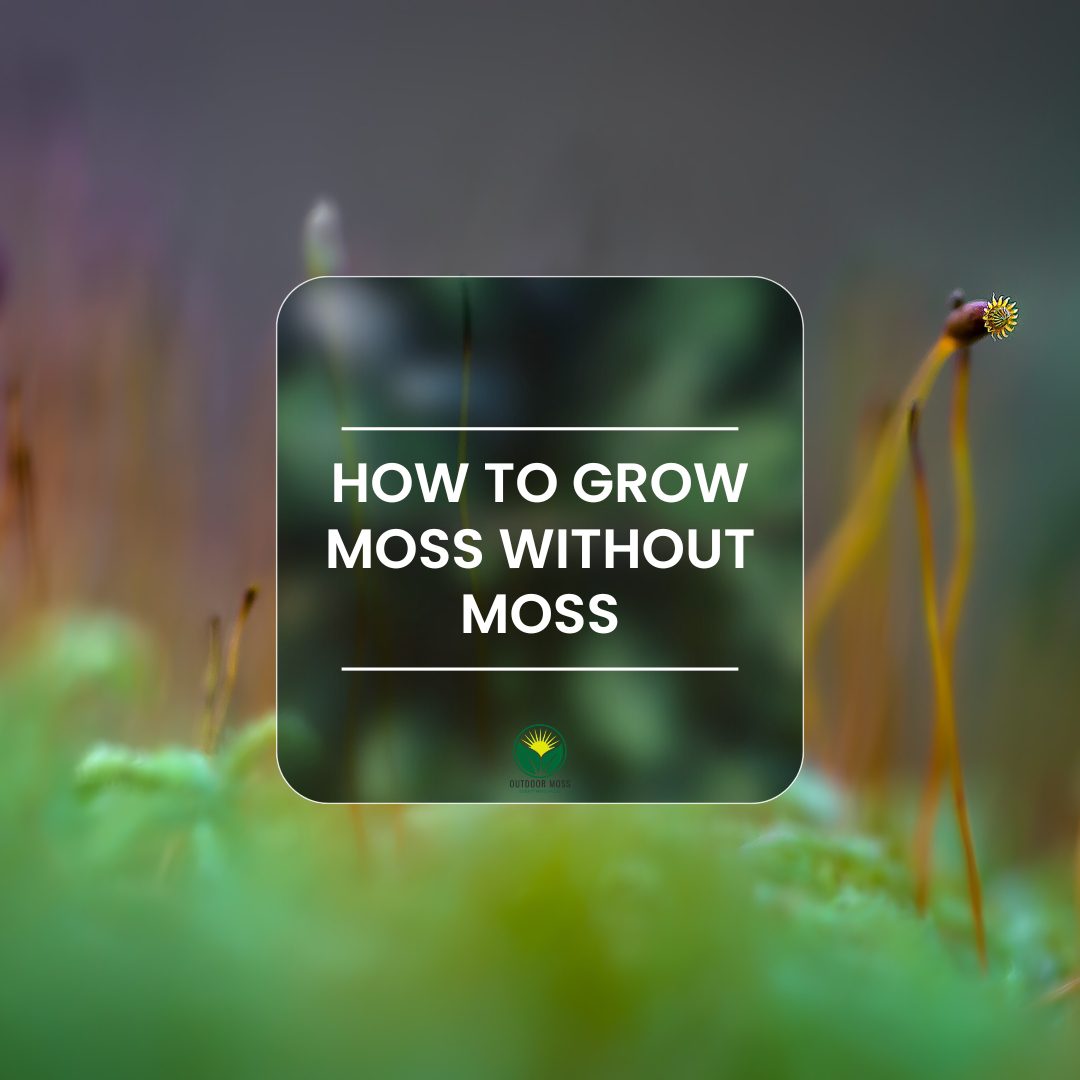
How to grow moss without moss. And why you’d rather not
Read more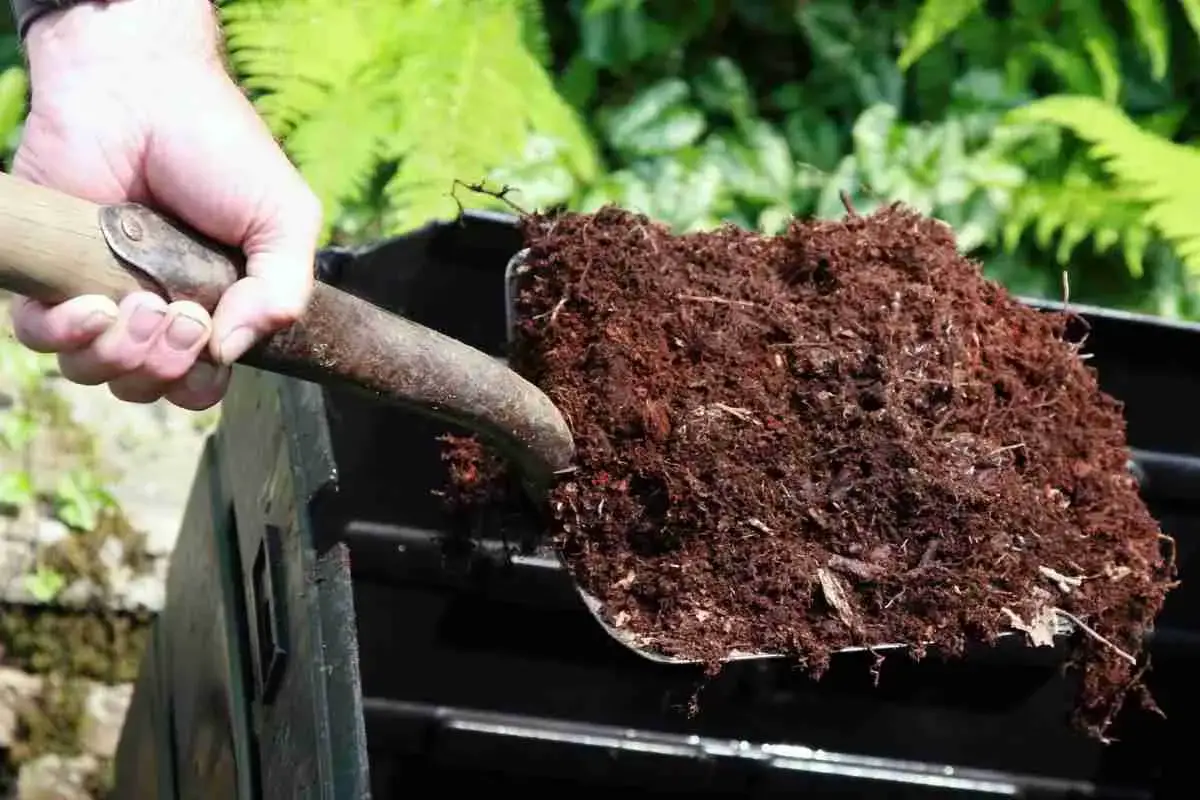
Can Moss Be Composted? Composting Moss
Read more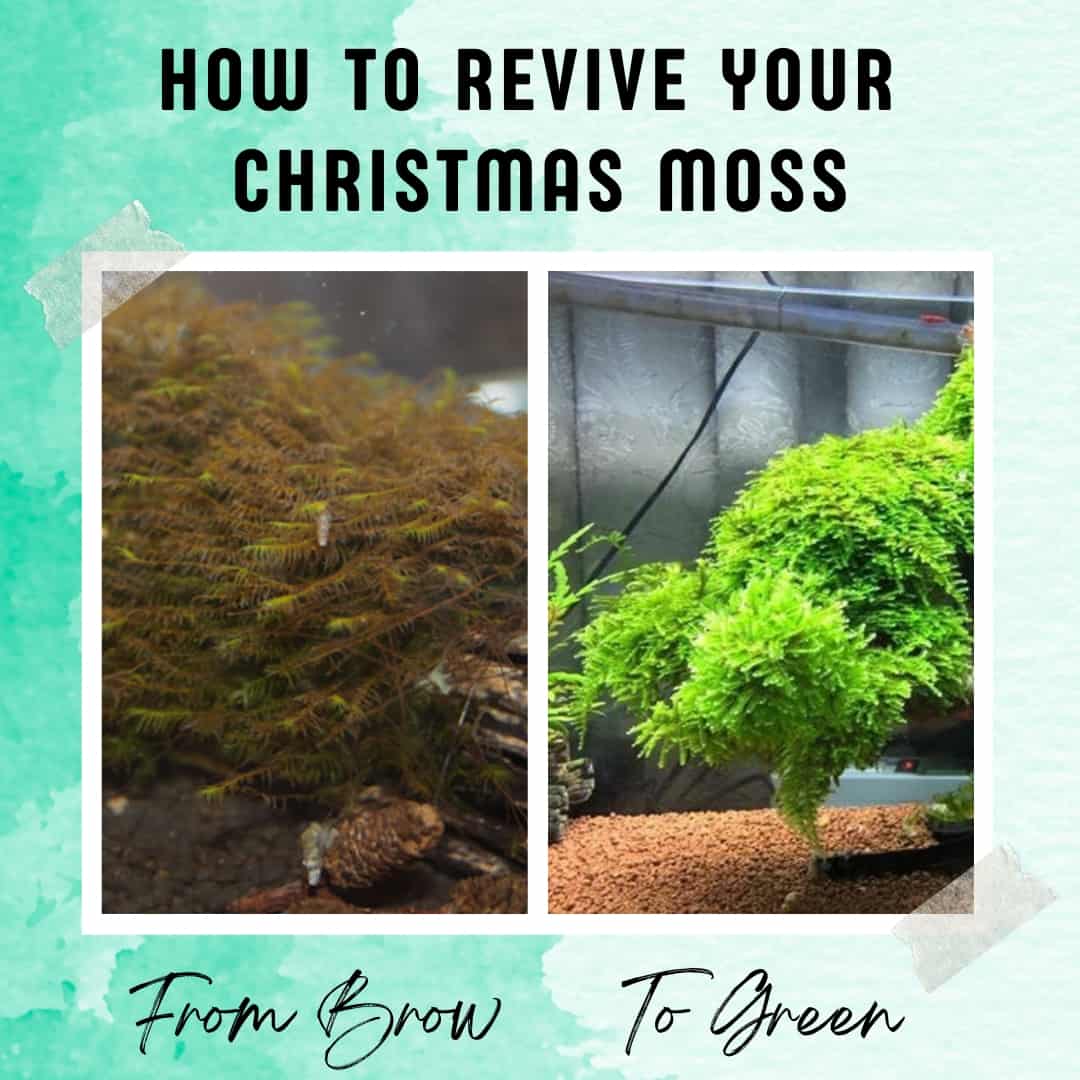
What to do if your Christmas moss turns brown or yellow? Find out how to bring your moss back to life
Read more
Best Homemade method to Kill moss on tarmac driveway
Read more